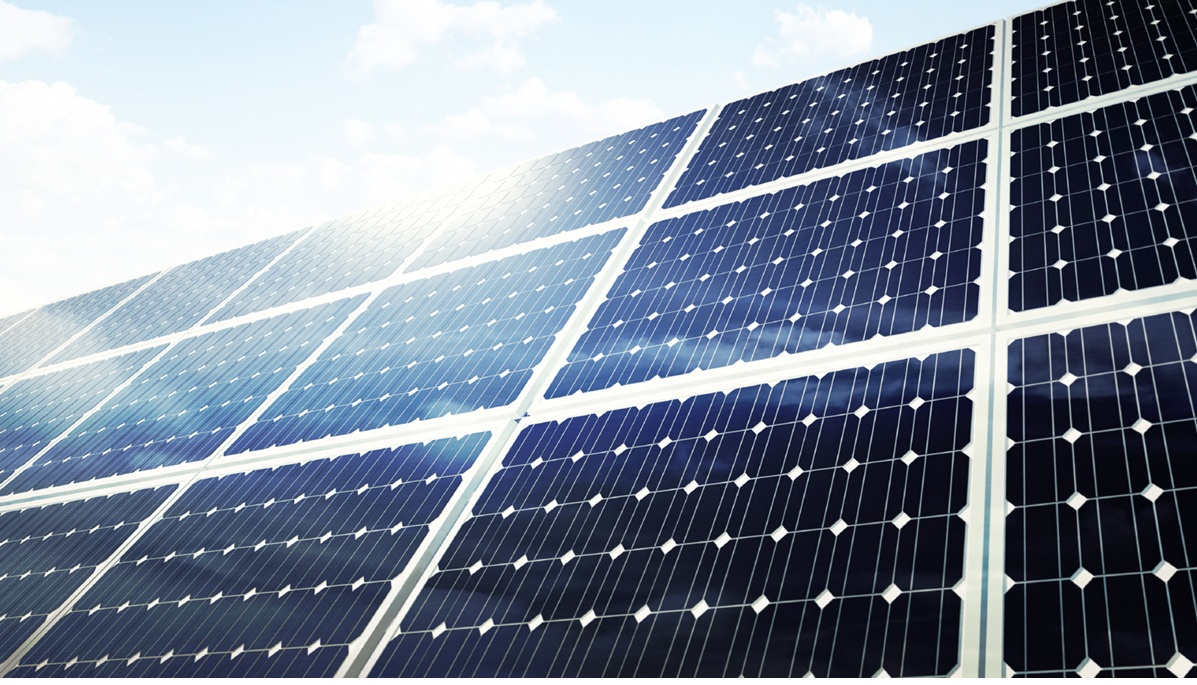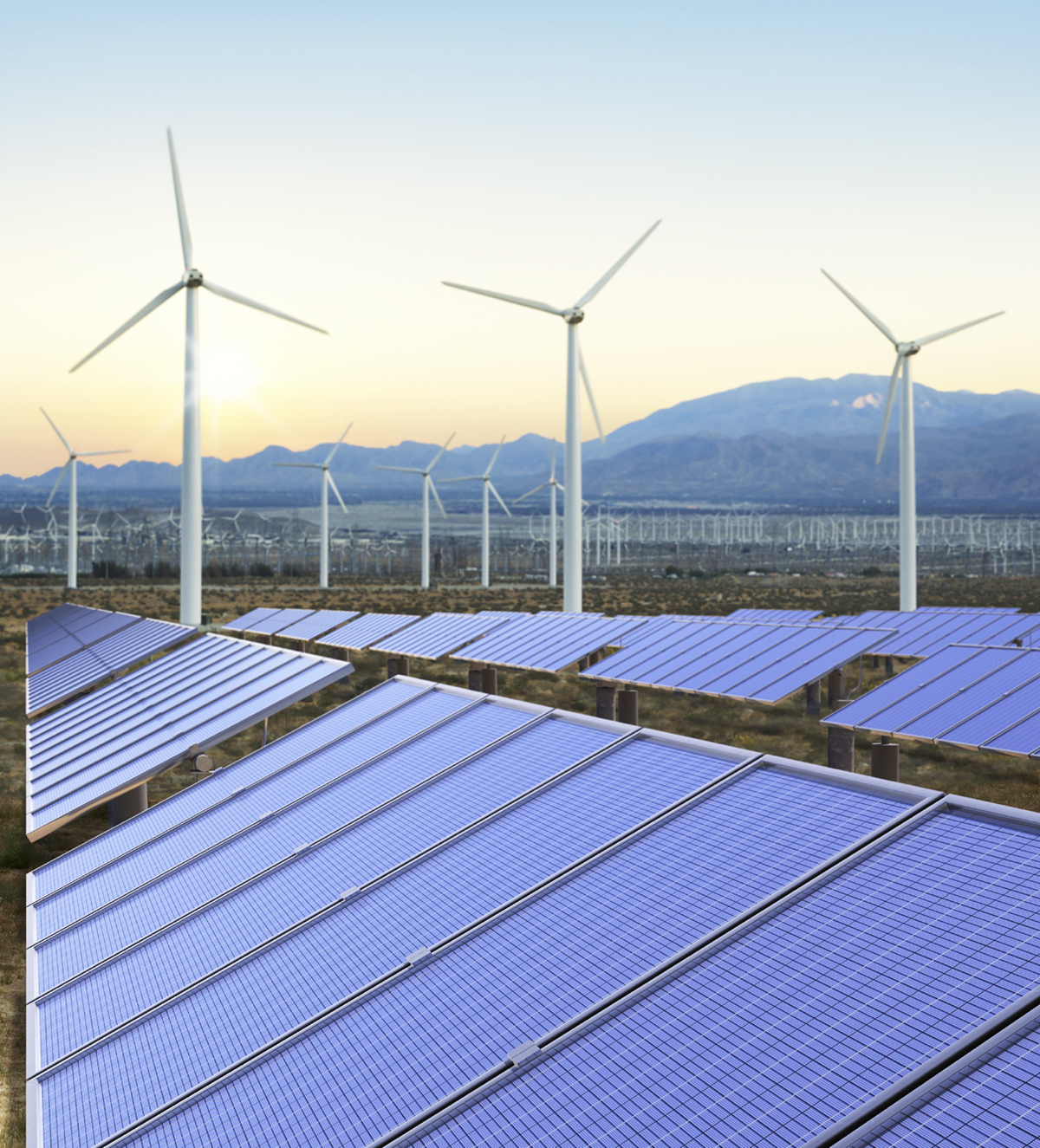UPDATE: Sacramento Business Journal, California hits solar power record, twice (Mar. 11, 2014); The Huffington Post, California More Than Doubles Solar Energy In 2013 (Jan. 13, 2014): “California installed more megawatts of solar energy in 2013 than it did in the last 30 years combined, the California Solar Energy Industries Association reported … ‘Today, California is closing out the year with more than 2,000 MW of rooftop solar systems installed statewide,’ CALSEIA executive director Bernadette Del Chiaro said.”
On July 10, the California Public Utilities Commission (CPUC) issued its California Solar Initiative Annual Program Assessment on the progress of the California Solar Initiative (CSI). The Assessment reflects that the program has installed 66% of its total goal with another 19% reserved in pending projects. This is an estimated 1,629 MW of installed solar capacity at 167,878 customer sites in the investor-owned utility territories through the end of the first quarter of 2013. The CPUC estimates that this is enough to power approximately 150,000 homes and avoid building three power plants. To read the Assessment, click California Solar Initiative Annual Program Assessment.

In January 2007, California began an $3.3 billion ratepayer-funded effort to install 3,000 MW of new solar over the next decade and transform the market for solar energy by reducing the cost of solar generating equipment. The CPUC’s portion of the solar effort is known as the CSI. The CPUC boasts that is the country’s largest solar program and has a $2.2 billion budget and a goal of 1,940 MW of solar capacity by the end of 2016.
CPUC’s Assessment includes the following highlights:
- A record 391 MW were installed statewide in 2012, a growth of 26% from 2011.
- Pacific Gas and Electric Company achieved the most installations in the non-residential sector of any investor-owned utility, having met 70% of their non-residential installation goal.
- Applicants to the low income portion of CSI, known as the “Single-Family Affordable Solar Homes” program, have received $64 million in support for their residential solar systems while the “Multifamily Affordable Solar Housing” (MASH) program has completed 287 projects representing a total capacity of 18.4 MW. There are an additional 83 MASH projects in process, for a total capacity of 11.3 MW. “Virtual Net Metering” has facilitated thousands of tenants receiving the direct benefits of solar as reductions in their monthly electric bills.
- In just over 3 years of operation, the CSI-Thermal program has received 1,215 applications for $56.3 million in incentives.
- All but 92 MW, or 6%, of solar capacity in the state is signed up for Net Energy Metering (NEM) tariffs. Pursuant to California Assembly Bill 2514 and CPUC Decision 12-05-036, the CPUC has initiated a study on the costs and benefits of NEM to ratepayers. The study is expected to be released later this year.
Additional Resources: Solar Industry, California More Than Doubles Solar Power Market In 2013 (Dec. 31, 2013)
 Gravel2Gavel Construction & Real Estate Law Blog
Gravel2Gavel Construction & Real Estate Law Blog



